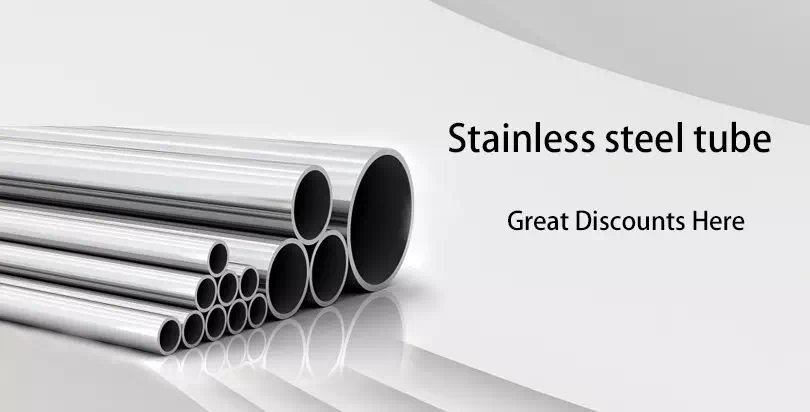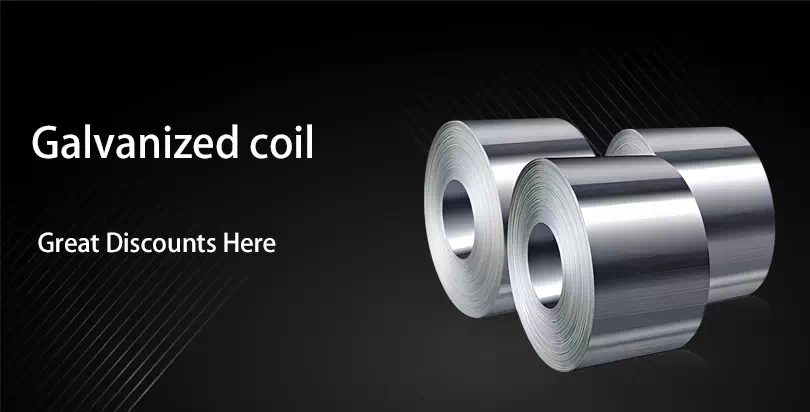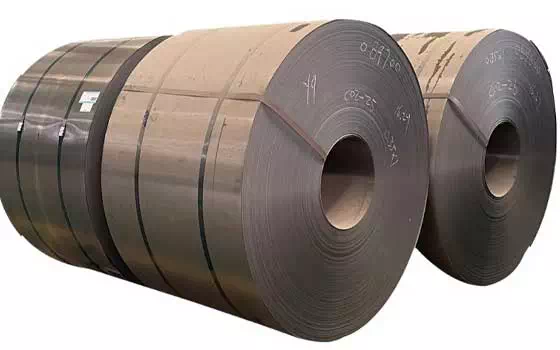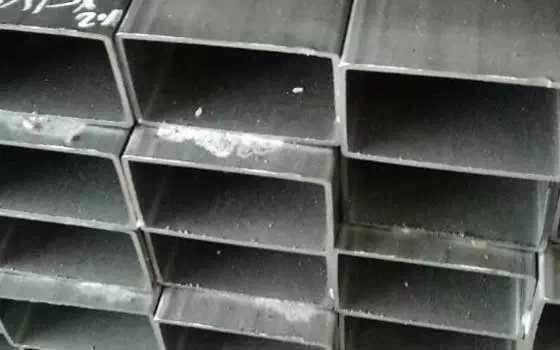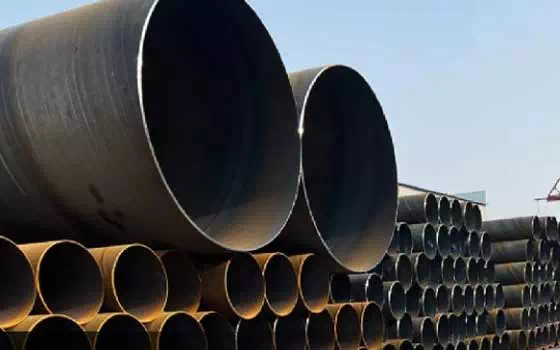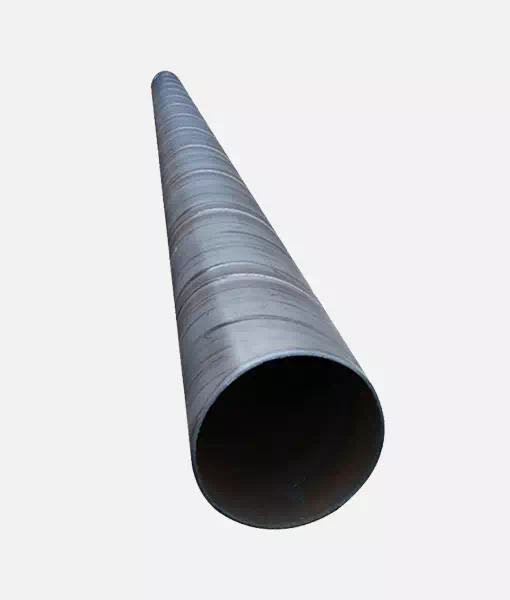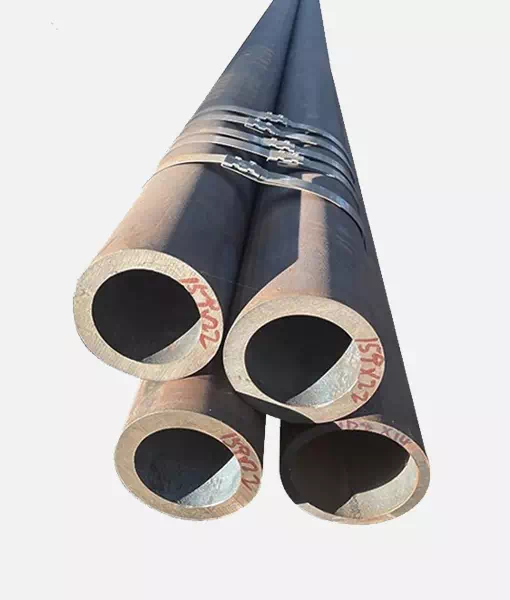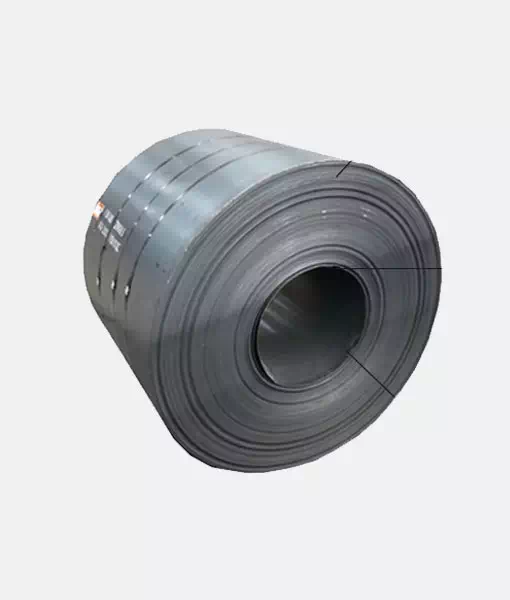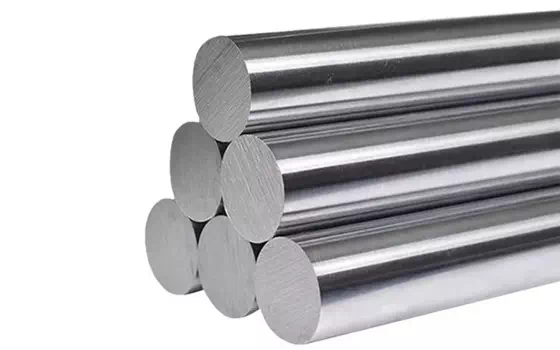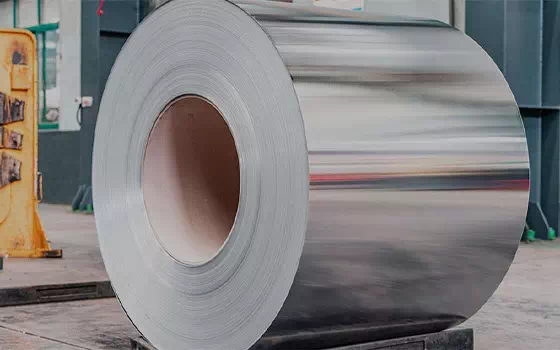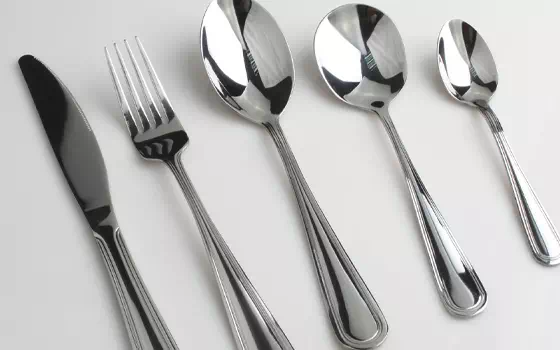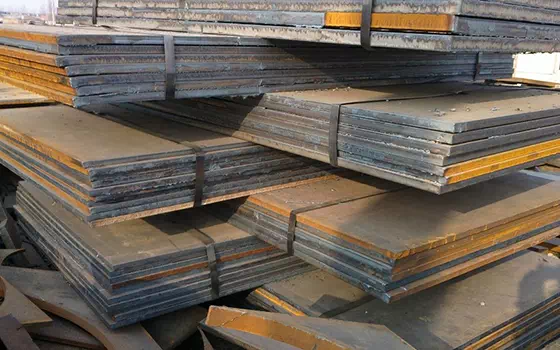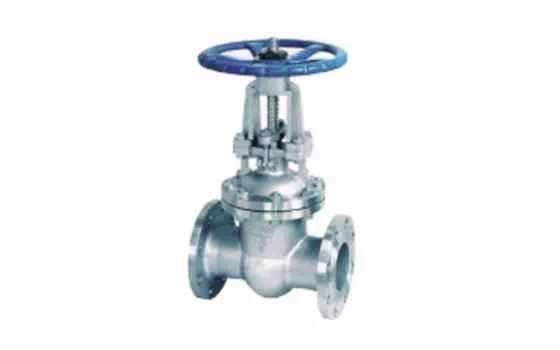The hardness of steel is closely related to its internal organizational structure and, more specifically, to the dislocation situation within the organization. Dislocation is a kind of defect in crystal structure, and its existence has a significant effect on the mechanical properties of materials.
The hardness of steel is closely related to its internal organizational structure and, more specifically, to the dislocation situation within the organization. Dislocation is a kind of defect in crystal structure, and its existence has a significant effect on the mechanical properties of materials. When the steel deformation occurs, the deformation mainly depends on the dislocation slip in the steel. In the case of high dislocation density, entanglement occurs between dislocations, and this entanglement inhibits the movement of the dislocations, resulting in greater hardness at the macro level.
Rolling process is an important part of steel processing, it will generate a lot of dislocation in the material. The entanglement of these dislocations with each other makes deformation more difficult, resulting in an increase in hardness. However, the dislocation is not static, they can cancel each other in the process of thermal motion, resulting in a reduction in dislocation density, which causes the material to soften. The higher the temperature, the more obvious this softening effect is. Therefore, in general, the hardness of hot-rolled steel will be lower than that of cold-rolled steel.
However, if the content of alloying elements in the steel is high, and the cooling rate is fast after hot rolling, then the cooled steel is likely to be transformed into martensite. Martensite is a hard and brittle structure, which also has a large number of dislocations, which will make the overall hardness of the steel higher. However, in general, hot-rolled steel will inhibit the production of martensite by controlled cooling, so it will not show a high hardness.
In contrast, the cold rolling process is carried out at a lower temperature, which allows for better surface quality and dimensional accuracy. However, this also greatly increases the rolling stress required during rolling. Therefore, the thickness of cold-rolled steel is usually smaller than that of hot-rolled steel. After the cold rolling, the internal stress and hardness will be reduced by heat treatment, so the cold rolled steel will not show high hardness. The reason why the cold-rolled plate will make people feel softer may be because it is much thinner than the hot-rolled plate, and the structural stiffness is poor, so it appears softer.
Strictly speaking, the hardness is not directly related to the cold plate or hot plate. Hardness is related to the organizational state of the material, and the organization determines the properties of the material (including hardness). Hot plate and cold plate are only the difference between the final surface state of the material or the processing process. Hot plate can be divided into hot rolled state, annealed state, quenched state, etc., cold plate is the same. Therefore, if you want to compare the hardness, it should be compared in the same heat treatment or processing state, such as comparing the hardness of the hot plate and the cold plate under the annealed state.


